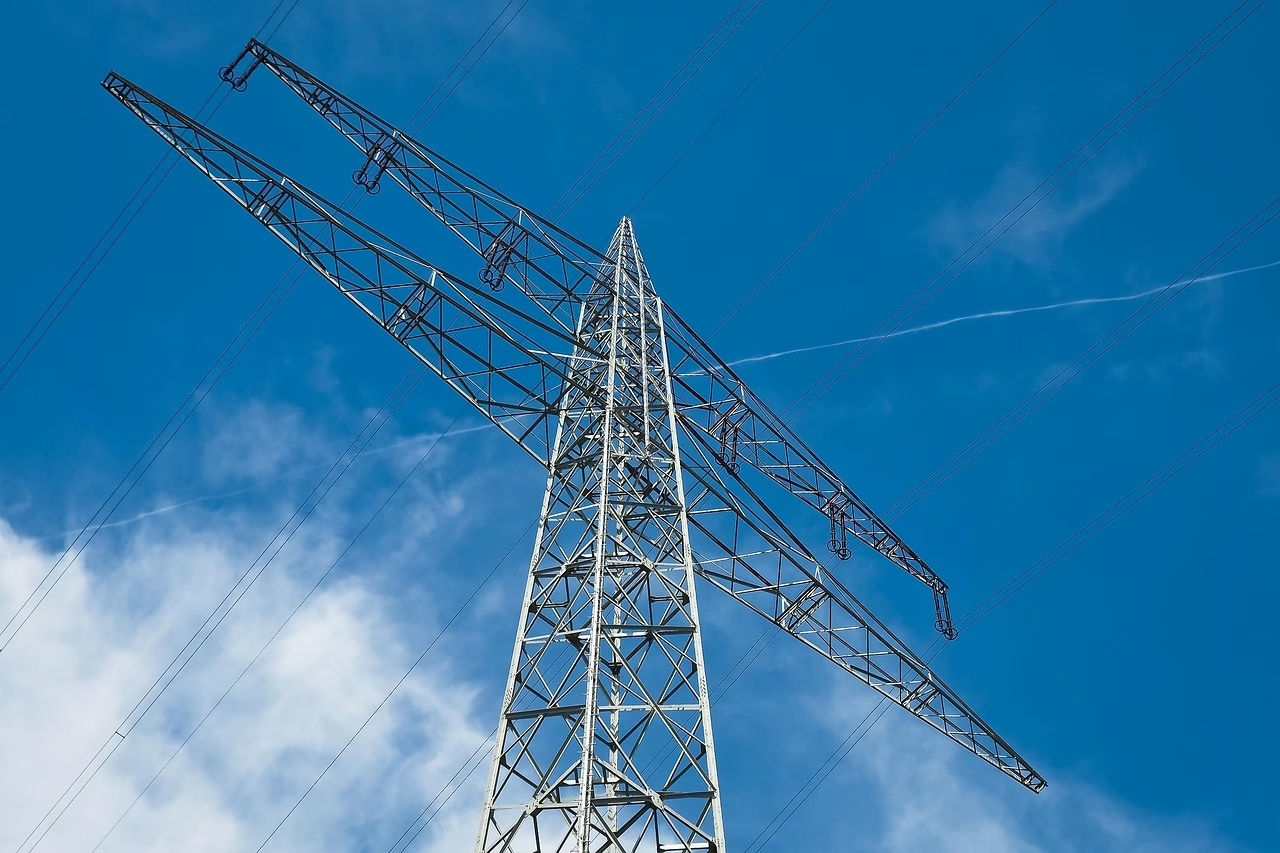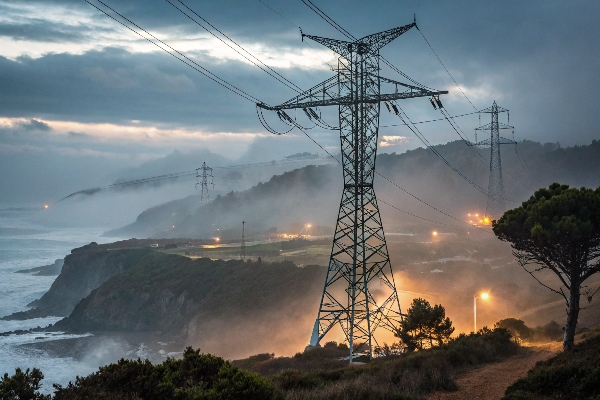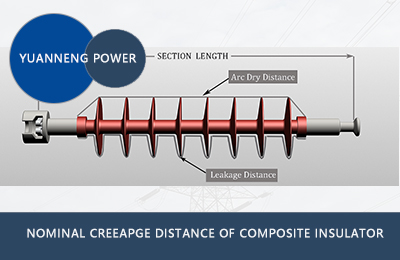Why Is the Lightning Arrester Placed Close to the Transformer?
A single lightning strike can destroy a transformer worth millions. That's why proper arrester placement isn't just good practice—it's financial protection for power networks.
Lightning arresters are installed near transformers to limit voltage surges to safe levels before they reach the equipment. This positioning ensures only the arrester's residual voltage affects the transformer, preventing insulation breakdown between windings.
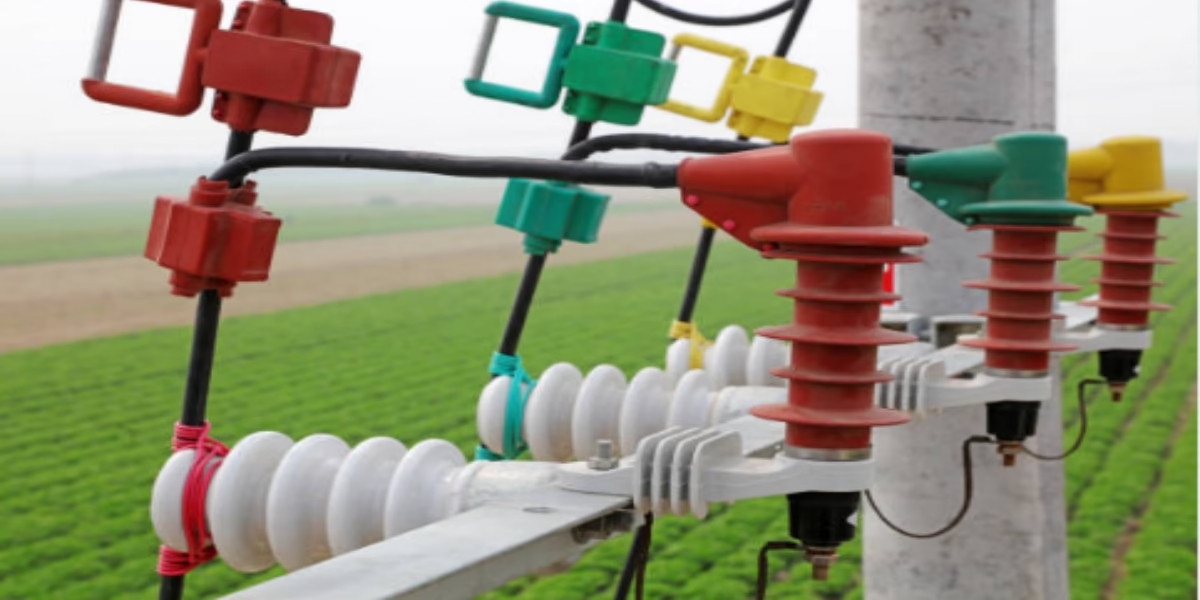
Transformers face constant threats from lightning. Let's examine why this protection system matters.
Why Is a Lightning Arrester Used in Transformers?
Lightning doesn't just strike towers—it sends destructive surges through power lines. Without protection, these surges cook transformer insulation instantly.
Arresters safeguard transformers by diverting high-voltage surges to ground. They act like pressure valves, clipping excessive voltages to levels the transformer's insulation can withstand (typically 2-3 times rated voltage).
How Arresters Prevent Transformer Failures
| Threat | Arrester Action | Result |
|---|---|---|
| Lightning strike | Provides low-resistance path to ground | Limits voltage to safe residual level |
| Switching surges | Absorbs excess energy | Prevents winding insulation breakdown |
| Backflashovers | Equalizes potential differences | Stops casing flashovers |
Case study: A Brazilian substation eliminated 92% of transformer faults after reducing arrester-transformer lead length from 8m to 2m.
Can Lightning Strike a Transformer?
Transformers are lightning magnets—not because they attract strikes, but because they're connected to extensive aerial networks that do.
Lightning frequently strikes transformers indirectly via connected power lines. A 230kV line hit by 30kA lightning generates over 3MV surge voltages—enough to puncture transformer insulation in microseconds.
Real-World Lightning Impact Data
| Location | Lightning Density (flashes/km²/yr) | Transformer Failures/yr |
|---|---|---|
| Florida (USA) | 25 | 17 |
| Guangdong (China) | 15 | 9 |
| Congo DRC | 35 | 28 |
Key fact: 80% of transformer lightning damage comes from induced surges in lines, not direct strikes.
What Is the Working Principle of Lightning Arrester?
Modern arresters don't just divert surges—they're precision voltage regulators for power equipment protection.
Lightning arresters contain zinc oxide blocks with non-linear resistance. At normal voltage, they act as insulators (high resistance). During surges, resistance drops instantly to divert current safely to ground.
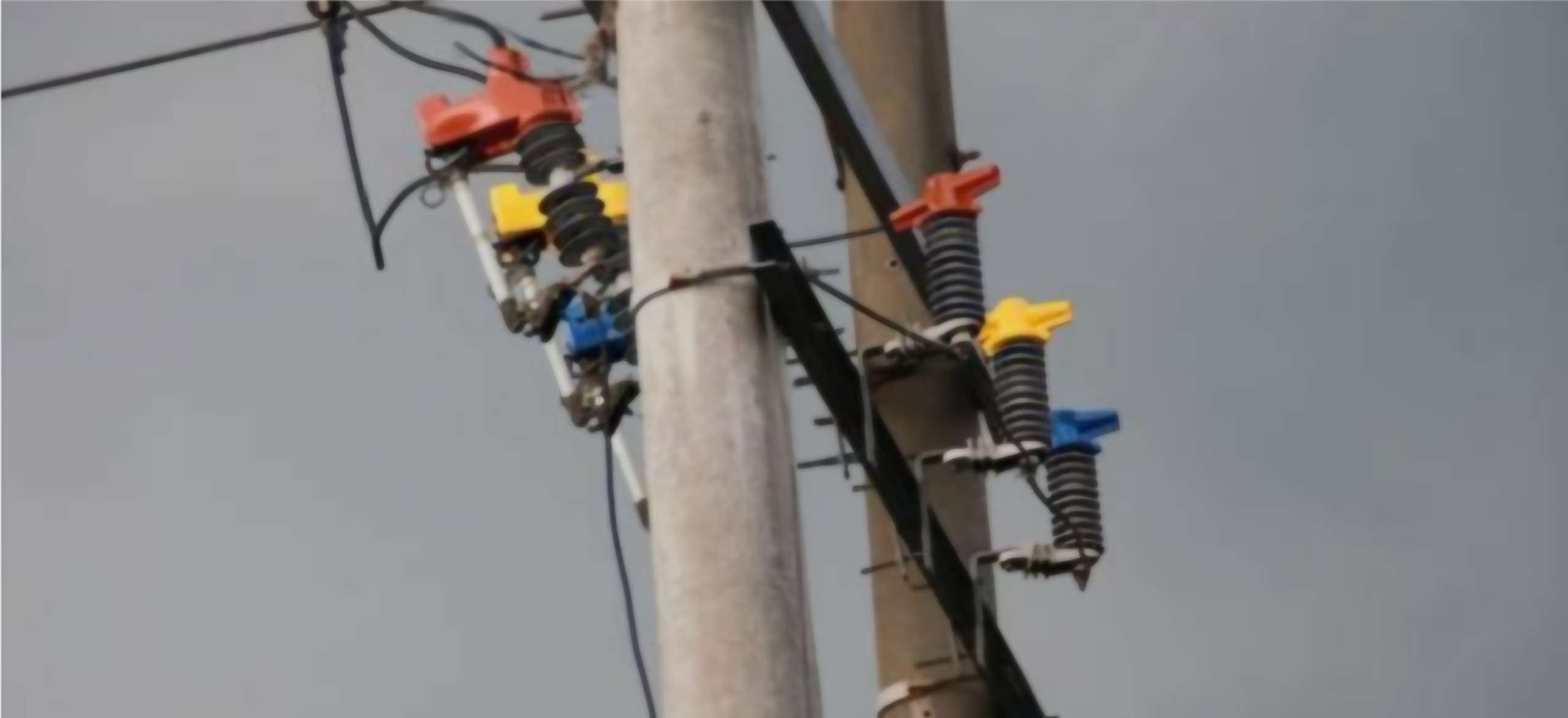
Arrester Operation Timeline
- Normal operation (≤110% rated voltage):
- ZnO blocks show >1MΩ resistance
- Surge detection (μsecond response):
- Voltage exceeds switching surge level
- Resistance drops to <10Ω
- Energy dissipation:
- Diverts 20-100kA impulses in <50μs
- Recovery:
- Automatic return to insulating state
Technical note: The ZnO blocks' non-linear V-I curve is what makes modern arresters 300% more effective than old spark-gap types.
Where Must the Surge Arrester Be Placed?
Incorrect arrester positioning creates deadly voltage gaps that transformers can't survive.
Arresters must be installed within 10 meters of transformers, with direct ground connections. Best practice uses the "rule of meters"—arrester lead length (m) should not exceed 1/10 of the protected equipment's voltage class (kV).
Placement Standards Across Voltage Classes
| System Voltage (kV) | Max Distance (m) | Grounding Resistance (Ω) |
|---|---|---|
| 11 | 1.1 | ≤5 |
| 33 | 3.3 | ≤4 |
| 132 | 13.2 | ≤3 |
| 400 | 40 | ≤1 |
Failure example: A Nigerian substation saw repeated transformer burns until until field measurements revealed 7Ω ground resistance—fixing this reduced failures by 75%.
Does Lightning Arrester Attract Lightning?
This common myth leads to dangerous misconceptions about surge protection.
Arresters don't attract lightning—they provide controlled paths for existing surges. Their zinc oxide blocks respond only when voltage exceeds threshold levels, remaining inactive during normal conditions.
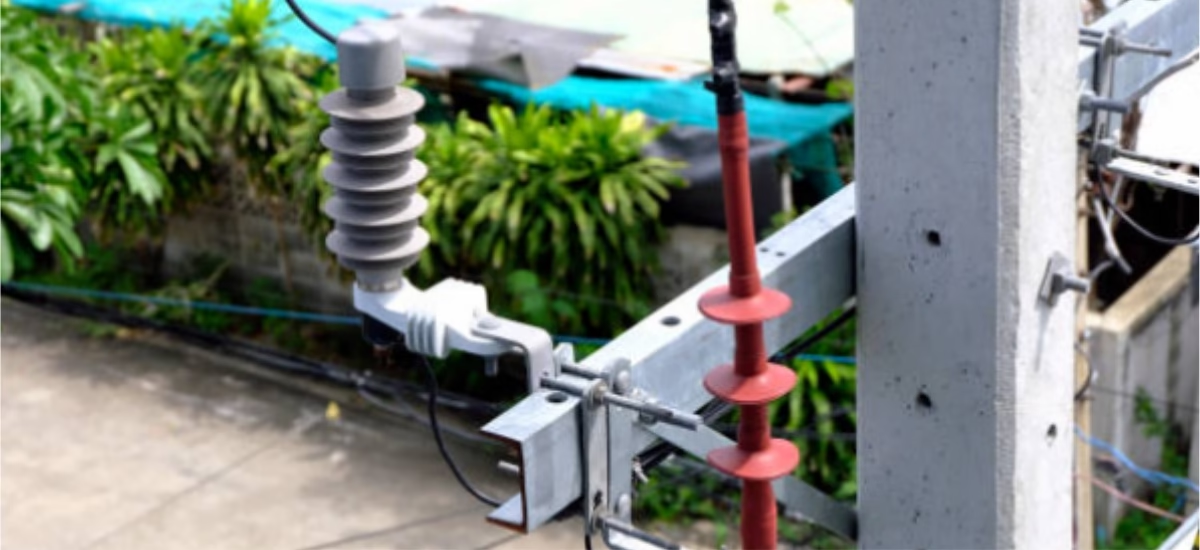
Arrester Testing Data (10kA impulse)
| Parameter | Without Arrester | With Arrester |
|---|---|---|
| Voltage at transformer (kV) | 1500 | 325 |
| Rise time (μs) | 1.2 | 8.5 |
| Energy (kJ) | 85 | 12 |
Critical insight: The 325kV residual voltage matches standard transformer BIL ratings—this coordination is why precise arrester selection matters.
Conclusion
Positioning lightning arresters near transformers ensures surges are suppressed before reaching critical insulation. Proper installation following the 1m-per-10kV rule prevents costly equipment damage and grid outages.

